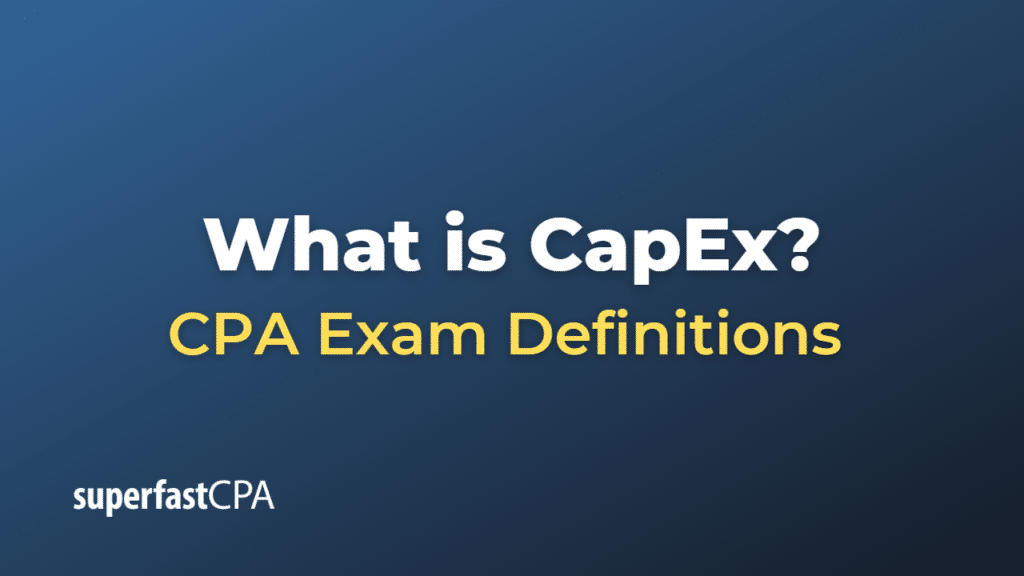CapEx
CapEx, short for Capital Expenditure, refers to the funds that a company spends on acquiring, maintaining, or upgrading its long-term physical assets, such as property, plant, equipment, and technology. These investments are generally made to expand or improve a company’s operations, enhance productivity, or increase revenue-generating capacity.
Capital expenditures are distinct from operating expenses (OpEx), which are the ongoing costs associated with running a business, such as salaries, rent, utilities, and raw materials. While operating expenses are typically short-term and recurring in nature, capital expenditures are long-term investments that usually have a useful life of several years.
Capital expenditures are important for businesses as they help maintain and expand their production capabilities, stay competitive, and adapt to changes in the market or technological advancements. In financial accounting, CapEx is recorded on the balance sheet as an asset and is gradually depreciated over its useful life, which spreads the cost of the investment over several years. This depreciation is recorded as a non-cash expense on the income statement, reducing the company’s taxable income and, consequently, its tax liability.
Companies often prioritize and plan their capital expenditures based on their strategic goals, available resources, and market conditions. Evaluating and managing CapEx effectively is crucial for businesses to ensure long-term growth and profitability.
Example of CapEx
Let’s consider a hypothetical example of a company, “FurnitureCo,” that manufactures and sells furniture. FurnitureCo decides to invest in CapEx to expand its operations and improve productivity.
FurnitureCo’s management identifies three main capital expenditure projects for the year:
- Expansion of the production facility: FurnitureCo decides to construct a new production facility at a cost of $1.5 million to increase its manufacturing capacity and meet the growing demand for its products.
- Purchase of new machinery: To improve production efficiency and increase output, FurnitureCo invests $500,000 in advanced woodworking machinery and equipment.
- Implementation of a new IT system: In order to streamline its supply chain management and improve customer service, FurnitureCo allocates $200,000 for the implementation of a new enterprise resource planning (ERP) software system.
In this example, FurnitureCo’s total CapEx for the year amounts to $2.2 million ($1.5 million + $500,000 + $200,000). These investments represent long-term commitments to improving and expanding the company’s operations, with the expectation that they will contribute to increased revenue and profitability over time.
The capital expenditures will be recorded as assets on FurnitureCo’s balance sheet and will be depreciated over their respective useful lives. This depreciation will be reported as a non-cash expense on the company’s income statement, reducing its taxable income and potentially lowering its tax liability. FurnitureCo’s management will monitor and evaluate the return on investment for these capital expenditures to ensure that they align with the company’s strategic goals and contribute to its long-term growth and success.













